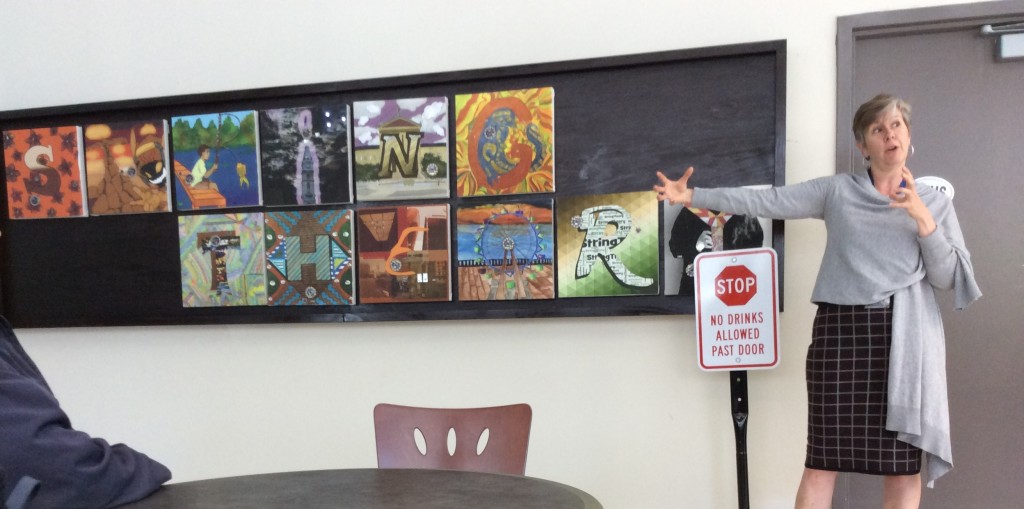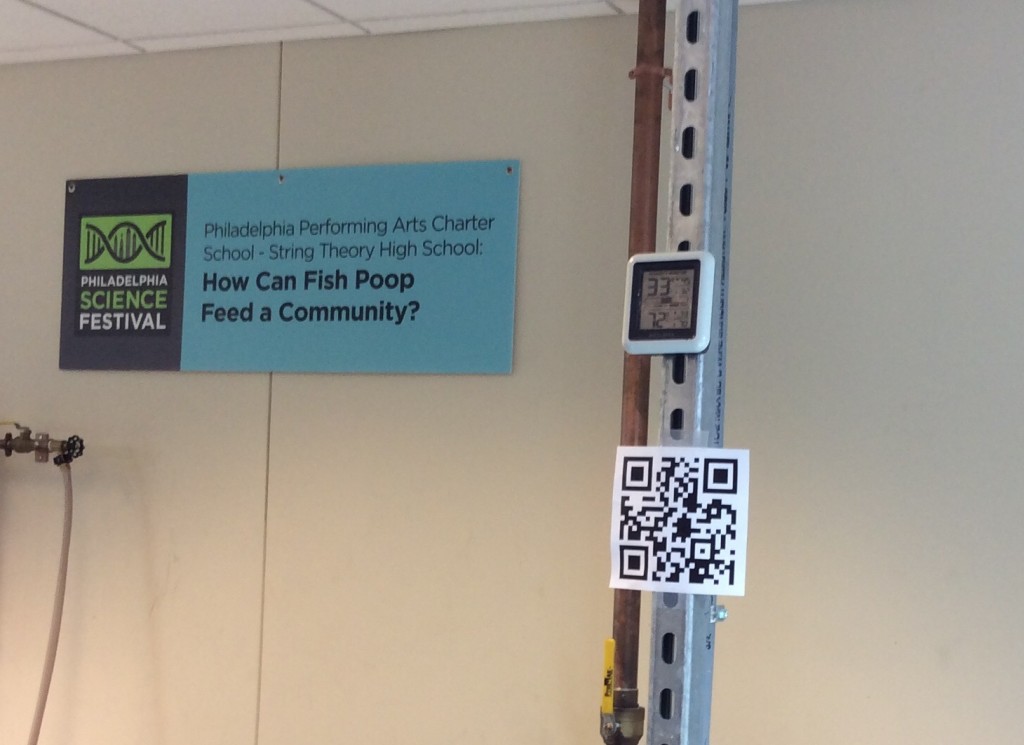A Visit to String Theory Schools
5 Min Read • Arts Integration
Last week I had the opportunity to visit the String Theory School in Philadelphia, PA. This school is an Apple-Distinguished, 1:1, performing arts school. My school district is currently determining what our next technological steps should be, and the goal of our visit was to observe how this school incorporates technology. While I was definitely interested in their approach to technology, I couldn’t wait to see how they integrated the Arts. I was expecting to see performing arts classes using computers or iPads. What I saw blew me away, and not because of the technology, but because of the vision.
What is “String Theory School”?
For people who are familiar with quantum physics, the name, String Theory School, may ring a bell. Before doing a little research, When I first heard the term, “String Theory School,” I thought it might be related to music theory and string instruments, but I was way off. String Theory School views particles as one-dimensional strings and explains how those strings interact with each other. (Find a detailed explanation that compares string theory to violin strings here.) The school’s goal is to integrate the arts into all academic subjects, which they do through teacher collaboration, innovation, and implementation of their own unique model.
How It Works
Through this school model, students receive instruction in their chosen Arts area or STEM for the first 90 minutes of their day. At the elementary level, this is exploration, and once students are in middle school they choose a specialty. The Arts are the basis for the integration that happens throughout the rest of the academic day. String Theory has a project-based environment with opportunities for student entrepreneurs. Since it is a charter school that follows the PA Core Standards, the day is extended to allow time for the instruction in the specialty areas.

A collaborative project between fine arts majors and engineering majors.
One of the first integrated projects we saw was an art installation, which was a collaboration between the fine arts and engineering students. Students designed each of the letters of the school’s name. Then, they were passed to the engineering students who were given the task of enhancing the artwork with technology. The engineering students each chose a different area of their letter art to illuminate. After the project, students wrote an iBook describing the process. The result of the artwork was a unique and creative marquee effect that hung in their student-run coffee shop. (Students were given start-up money — they did research and now grind their own coffee beans. They also have created a brand/logo and printed their own bags for the coffee.)

The posted QR code takes you to information on the project and student work.
String Theory and STEAM:
String Theory’s hydroponics lab was another stellar example of STEAM, yet interestingly, the word STEAM was not mentioned once during my visit. It was almost as though the Arts were so tightly woven into the curriculum that any mention of STEAM would have been redundant. In this hydroponics lab, students raised tilapia, converted the ammonia waste to nitrates and used it to grow plants, helping an urban school demonstrate farm-to-table eating. Students tracked the growth rate of the fish, created linear equations, and predicted weights based on those measurements. The environment is again project-based and collaborative, with a lot of focus on the 4 C’s.

Students captured their hydroponic experience with photography.
As part of their assessment, students used photography skills to create artwork demonstrating what the hydroponics lab meant to them personally, complete with a QR code leading to more information. The goal was to help students to define their sense of self through art. With all of this, students were the ones to drive the technology instead of being consumers of it.
We saw more evidence of innovation in the animation lab, dance studio, theater, music classes, and science lab. Everything is focused on authentic learning, and it was stressed that grades are not seen as punitive. Students have the safety to fail, and micro-achievements are celebrated. In addition, the arts are treated as an equal with the sciences. Every teacher in the school sees their subject area as equally important, and that, plus the apparent genuine collaboration, is what made the integration so seamless. And fabulous.
Technology Teaching in The Classroom
Next, we had the opportunity to experience the academic portion of the students’ day. Coming from a very traditional school, I was looking for signs of anything familiar, trying to make connections to find a place to begin transforming our school to a vision similar to what I was seeing. It was my first experience with a completely 1:1 environment, and the iPads and an Apple TV were nearly the only items in the classroom. The teachers collaboratively write their own curriculum and textbooks using iTunesU (they are definitely worth checking out and modifying for your own use!), and students complete all work through a variety of apps.
While I understand how this could work, and it is evident that it IS working, I wasn’t as impressed with what was happening in the academic classrooms. To be fair, I visited on a day with an abnormal schedule due to standardized testing. I didn’t get to witness much instruction, just a bit of facilitation. I also noticed, that out of the four classrooms I visited, two out of the four were working on worksheets on the iPad. Now, I love using technology in my classroom as an integrated approach. I use it whenever it is the best way to help my students master and retain the content and skills that I am teaching. However, I don’t like to use technology just for the sake of using technology. With this 1:1 program EVERYTHING is technology, so it isn’t integrated, it just IS. Simply put, technology cannot replace great instruction.
I am thrilled that I was able to visit this innovative school. As a classroom teacher, I spend so much time in my own classroom and going through my “daily grind” that it is sometimes hard to step back and see the big picture. Experiencing an Arts Integrated model that was so comprehensive and creative inspired me immensely, and helped me to define my personal vision of what I want a school to be. If you are interested in 1:1 technology and/or Arts Integration, I would highly recommend a visit! Find information on visiting here.
Further Reading:
http://www.apple.com/education/real-stories/string-theory-schools/
http://technical.ly/philly/2013/10/16/string-theory-school-opens/



